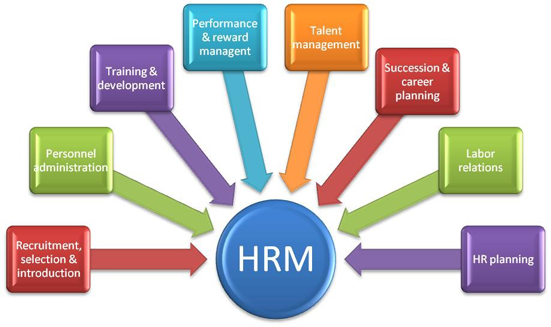Written and Oral communications in IT- Professional Practices in IT

Written and Oral Communications in IT- Professional Practices in IT
Communication can be understood as spices, which are available in different types. Though is a good to have a range of variety, but one must know which type of spice to use and at what time it should be used to leave the best impression on your family and friends. At the same there are various modes of communication used in IT firm such as non-verbal communication, written communication and interpersonal communication. It is very important to understand which mode is appropriate under which situation for making a successful career.
Let us understand each of these modes of communication in detail:
Interpersonal Communication
This is the very significant and commonest forms of communication in any Industry. A manager interacts with team members on a regular basis is interpersonal communication. For a leader, proper communication is essential to effectively guide and manage their team members. When talking in terms of management, interpersonal communication can be defined as a communication between a group of employees, engaged in a face-to-face conversation where people exchange their views and opinions with each other. This type of communication involves people who share some sort of familiarity with each other and discloses information or project details to the one whom they feel known and not a stranger
This type of communication is an open communication which breaks down the hindrances and obstacles which sometimes are being put for self-defense. It allows one to act vulnerable by putting themselves in front of others. Those managers who prefer such type of communication with their teammates shows how much they care for the organization and also for the team members. It is very important to take some time off from your busy schedule and talk to your employees to know them better. Engaging in interpersonal communication with your team members is often adopted as standard professional practices in IT Industry. Implementing this approach make employees feel valued. Though every employee in your team wants to know about their leaders, but you should give them some indication that you would also wish to know about them. Make the employee feel important and you will notice that the distances they feel within themselves diminishes. This will helps in the easy and smooth flow of information and better execution of jobs. Elimination of gaps between employees and between employee and leader, results in the strengthening of relationships, increased job satisfaction, better ambience and motivation in the workplace. Not only to the lower departments, there should be interpersonal communication with higher management too.
Nonverbal Communication
It is very interesting and surprising to know that most of the communication that we do with people is nonverbal communication without words? Non- verbal communication can be described as any type of communication devoid of words like gestures, body language, facial expressions, actions, body language, physical appearance etc., which communicates a lot. There is a proverb ‘Action is louder than words’. So it is not what you say is important, but how you say it matters!! People in an organization give, receives and understands nonverbal communication in the same way as oral communication or written communication.
At times understanding the importance of nonverbal communication can be difficult for people in an organization. This type of communication is effortless and spontaneous just like you breathe without thinking whether you should or you should not. Sometimes nonverbal communication can also lead to inconsistencies between oral and nonverbal communication. An intelligent manager understands it and maintains consistency between what they have spoken and their nonverbal communication.
Written Communication
Written communication is a type of communication wherein one person sends messages to another person in the form of writing. A manager does not have whole day interacting with their subordinates or higher department via conducting face to face meetings, they also communicate with them through emails and voice mails. Some other ways they adopt for written communication is by writing memos, letters, and reports. Some of the benefits of written communication are as follows:
1) Quick and cost effective
In this communication, a message can be sent quickly to others without any delay in terms of their geographical location, physical absence etc. This is a cost effective solution compared to telephonic calls and commutation charges. This type of communication is very beneficial when one member has to send a message to a larger group of employees.
2) Effectiveness and preciseness
Written communication gives an employee with an opportunity to make changes in the message many times before sending it, where as in other modes of communications one does not get take to make several reviews before outing their opinions across.
3) Ease
It gives the receiver to review the arrived messages at their convenience and ease.
With the lack of effective and open communication between lower and upper departments and within employees, not only the Industry suffers, but its impact reaches to every single employee in the organization. As managers are the medium for the exchange of information between top management and employees, a good manager knows the importance of communication and so keeps the communication open.
Other articles under blog series of “Professional Practices in IT”
- Managing team work and the challenge of leadership
- Managing Human Resources in IT, and Change Management
- IT systems Audit and QA
- Written and Oral communications in IT
- Professional Practice in IT Project Management
- Managing Software Testing
- Managing, protecting and systems integration
- Ethics, ethical behavior and professional responsibility
- Tools and techniques for decision making
- Investigative Research Methods
Do not miss to check similar blog series in other topics
[mc4wp_form]
Related Blogs






